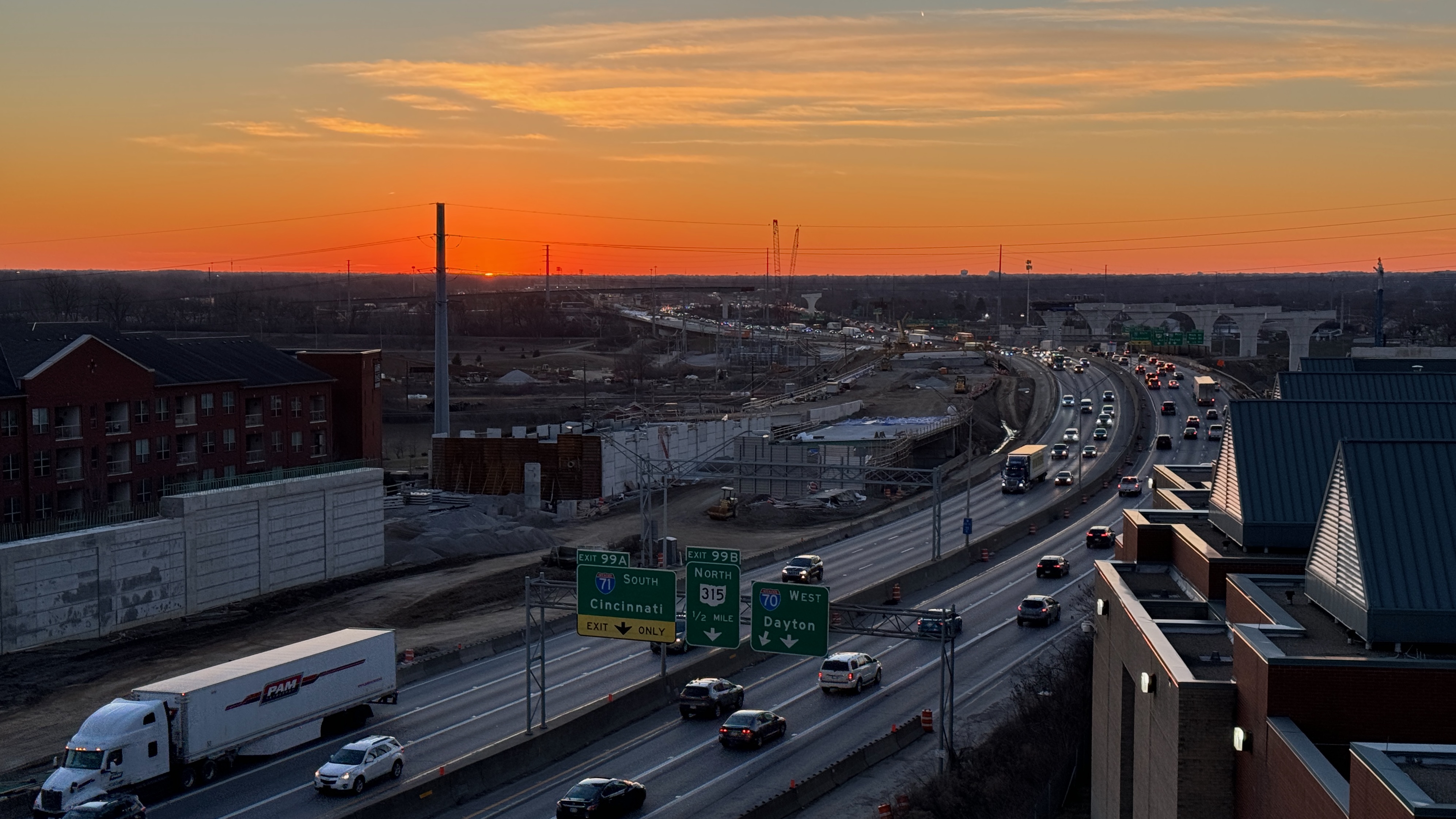I don’t maintain a gratitude journal or anything like that. Or maybe I do? Perhaps my photo collection, and the photos I take, are the very journal I seek. Here are 3 recent shots that spark a little thankful reflection.



weeknotes, personal pixels, and thoughts on digital government
I don’t maintain a gratitude journal or anything like that. Or maybe I do? Perhaps my photo collection, and the photos I take, are the very journal I seek. Here are 3 recent shots that spark a little thankful reflection.




This is southern California, somewhere north of San Diego, south of La Jolla, in November 2011. For several years we had a habit of taking a trip south around our anniversary, leaving Alaska behind and getting just a little more sun before winter completely enclosed us in Anchorage.
The beach was busy this day, but not so busy I couldn’t get a shot of my wife staring off to the horizon, in the direction of Asia, as if she were alone.
A 2017 holiday trip to southeast Ohio




I’ve been hooked on radar hooks for a while now.
Back in college I picked up a second major, almost by accident. I was pursuing an English degree, but along the way I got an Earth Science degree, too.
It started because I needed some science in my core coursework, and Earth Science was the “easiest” one to take. Along the way I discovered I liked learning about the real world around us; I liked making sense of things I could actually see. And second, it was a science that was going through a lot of change and discovery.
For example, the plate tectonics concept only emerged in the 1960s, even though it sounds like a “no duh” kind of theory today. And understanding things like tornadoes was just starting to take off in the 1990s, as only then did the sensors and video technology required to analyze these complex, violent storms become more portable.
Today, we have access to mobile apps with near-real-time access to Doppler radar systems spread across the U.S. and other parts of the developed world. The volume of data produced is staggering, and it enables watching weather, especially severe weather, as it unfolds. And in Ohio, it unfolds a good bit.
Indeed, earlier this week we had a series of violent tornadoes plow through homes and take at least 3 lives.
I watched the storms unfold via RadarScope, making sure our home was safe from any approaching storms. And we were. But others were clearly not.
I didn’t capture images this time around, but back in 2017 I got this crazy image of one particular tornado that buzzed through northern Dayton, Ohio and its suburbs:

The image has a classic “hook” echo on the trailing edge of the storm (seen on the left) and the signature air rotation visible on the right, where green and red represent air moving either toward or away from the radar site. When the red and green are intense and right on top of one another, that’s rotation.
I watched that storm live on radar in May 2017, and the entire system produced 6 confirmed tornadoes.

Later in 2017 we all got to watch Hurricane Irma burn through the Carribean and across parts of Florida. Radar—especially in motion—captures the terror of these phenomena. The sheer scale of Irma was shocking (Key West is in the lower-left).

Then just a week or so later, Hurricane Maria shows up to devastate Puerto Rico with a direct shot. I was amazed to see how much radar data was still accessible, even at the heart of the storm.

To this day I remain an ardent radar-watcher. I’ll have to capture more images this year. Although hopefully we can avoid any serious radar hooks in Ohio for a while.
For a brief time in 2010, I lived in a downtown St. Louis apartment facing the Jefferson National Expansion Memorial.
The Gateway Arch was an architectural obsession of mine, and I photographed it a lot. I loved the construction, materials, and the abstract nature of Eero Saarinen’s design from the mid-20th century. Here are just a few of my favorite photos from 2010.








Trips in 2018 and 2023 yielded some tasty experiences, often on organized food tours.











